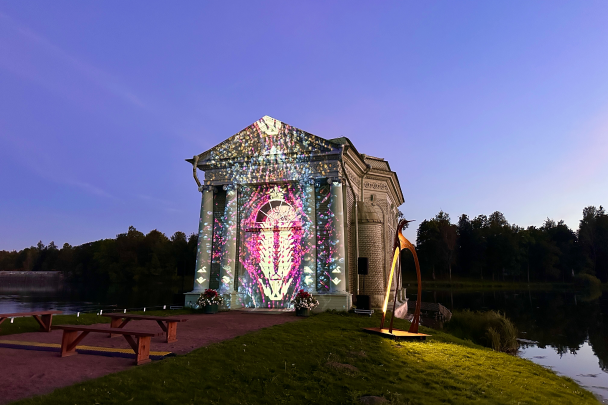Ecem Dilan
Köse
Artist

Our fellow artist Ecem Dilan Köse is the fifth guest of our interview series, focusing on the production practices of artists from different fields.
I’m just an artist. Yes, I use technology and computers, but my chosen methods do not define me. Lately, I’ve been in a state of change, and my art is becoming more and more free of my methods and previous works. I feel like who I am, as a whole, is becoming the actual thing. So, I don’t define myself as a digital artist anymore. I feel close to conceptualism, but am not a conceptual artist either.

Every step is intertwined and is still in transformation. I graduated from college in 2013. I loved dancing. I was curious about spatial installations, but all of it was very complicated. I was basically a ball consisting of hobbies and curiosities. While trying to find a way to dance without dancing, I started VJing for DJs. Cutting out and editing the videos I found left and right, I was in a kind of dance with the visuals synchronized with the music. Then I thought, I should create these videos myself. I got deeper into the work and came across mathematics, interactivity, and codes. I gradually incorporated aspects of my hobby into my production. This is basically where I come from. A place like a vast canyon focusing on expressing thoughts and feelings, using digital tools.
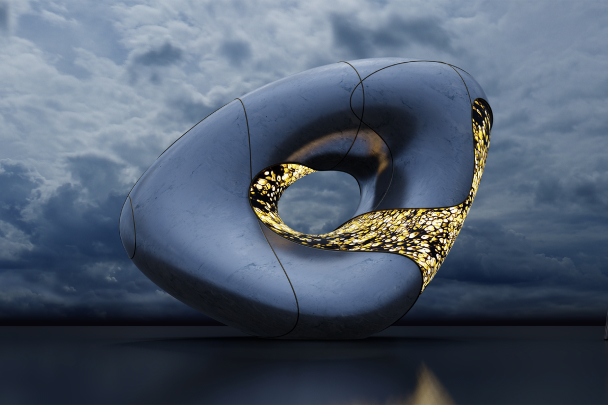
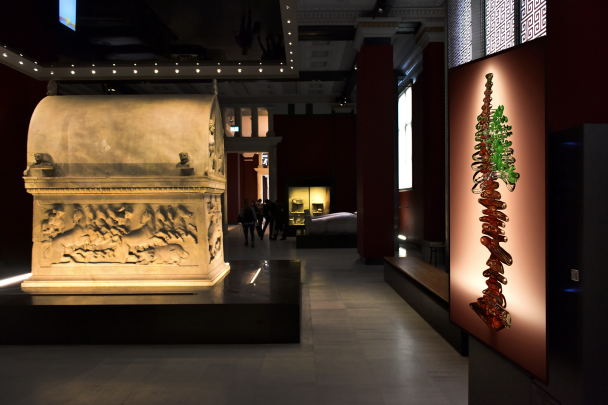
There is a constant change. I’m curious. I observe the impacts. And then I become a part of the change. I need to produce in order to recognize my new, changed self. Or else I feel like I’m detaching from myself, unstable. I can say that my motivation is about discovering myself. Not just being completely myself. It's about exploring how I see and perceive the world. Sometimes I get stuck on a thing. Drowning in thoughts. I read, I research. Then it has its own saturation balance. That balance usually comes along with the artwork. When the art work does not come with production, the drowning is most likely continuing.
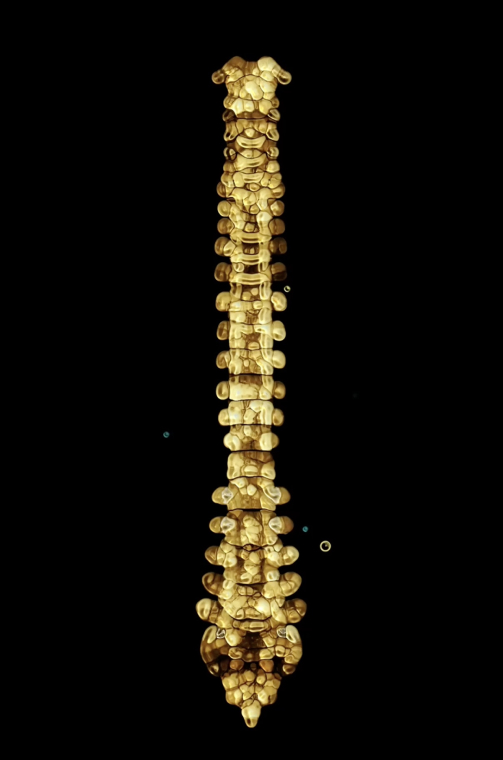

Baby biscuits, milk, Spotify.
Can you share with us those steps from the beginning until the end?
I’m always in a state of mind. I ask questions and seek the answers, or there are times when I have the answer and I wonder what the question is. At these times, images appear, dreams come, I come across writings, I hear songs that trigger me. I receive these signs and begin a camp. I try new methods or if I’m experimenting with music, I play with rhythms and do visual experiments. This process actually decides on the method and mood of the final work. Then comes the duty. I sit down and move on to clarifying the decisions and details. My friends come and go; I get opinions from those whose eyes, hearts and ears I trust. And I’m done. When the work is done, Burger, Obur and I go into part & watch mood. Now I am also the audience. Trying to figure out how it looks. How it feels. This is now the exit phase. Camp is over. I'm cleaning up the mess. My mind is coming back. And the piece is done.
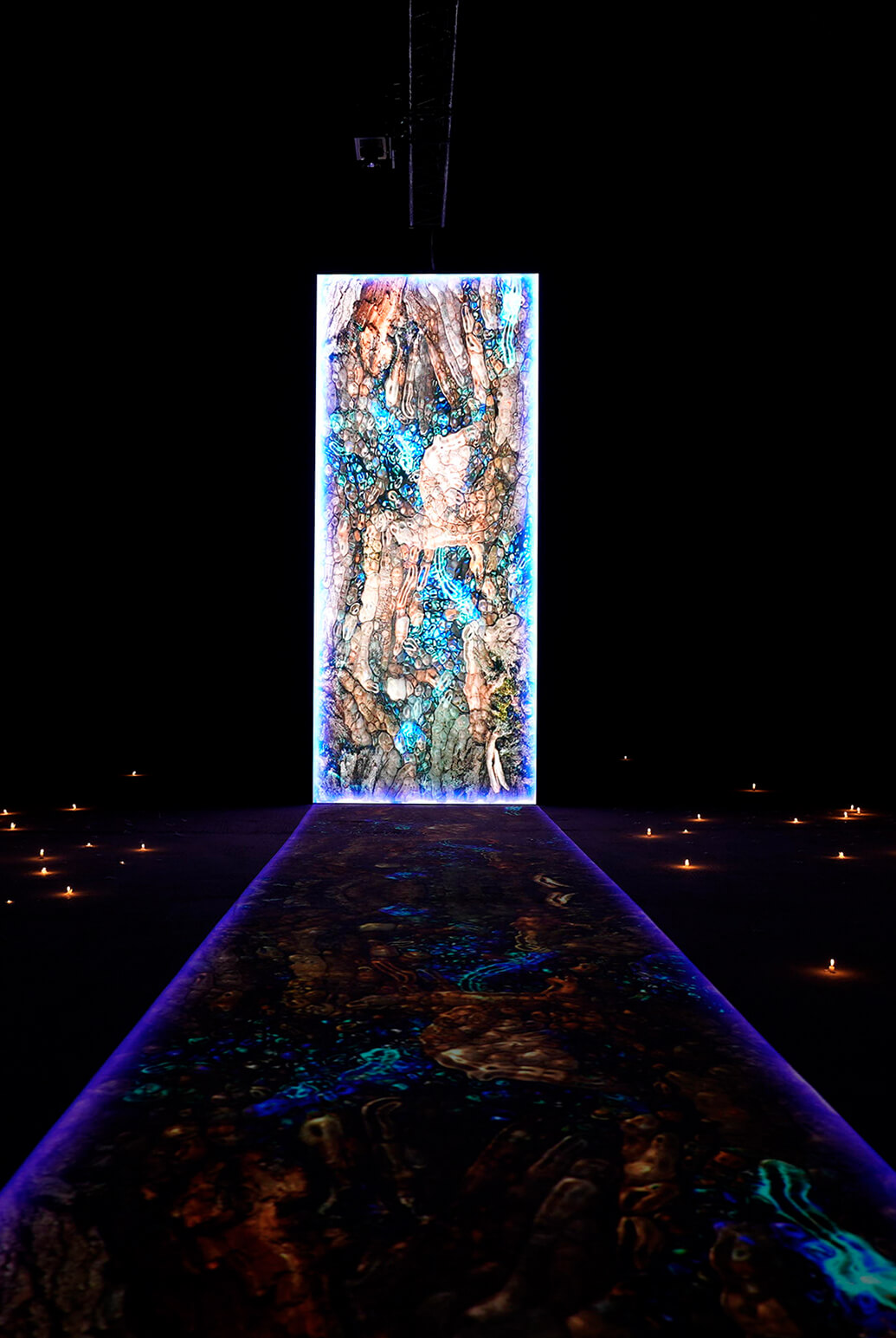
I’ve been traveling a lot recently. Traveling, especially in times when technology has accelerated incredibly and artificial intelligence has advanced so much, is pumping me with the desire to examine and research the situations between societies and the use of technology. I'm reading about future impacts and technology ethics. I observe where the experience designs of countries stand between technology and human beings. The basis of our method is technology, I think we, as artists who try to explore the limits of this method or ways of using it, should also question its other effects. There are and will be places where artificial intelligence will affect humans for good and bad, but it is crucial to know these places and institute them well. Knowing how my work can be felt universally, rather than just its technical contribution, actually increases the depth of my works.


If I’m stuck or out of ideas, I actually stop looking. It is important to follow the flow of life, to be more connected to life so that magical things can find you. And the ideas do find me by chance. Sometimes I clarify what kind of idea I want through a character or object and put it on my desk. Let's say you need an idea, just like Yoda's cheerful mood. Or does he need a little bit of nature? Then something else comes along. MewTwo has been on my desk for the last two years. It has something to say. Whatever that thing is, it’s in the piece. Last week, I bought a plush Mew, thinking that MewTwo's overly serious nature was tiring me out. I guess I was looking for more childish feelings. It was reflected in one of my later works.
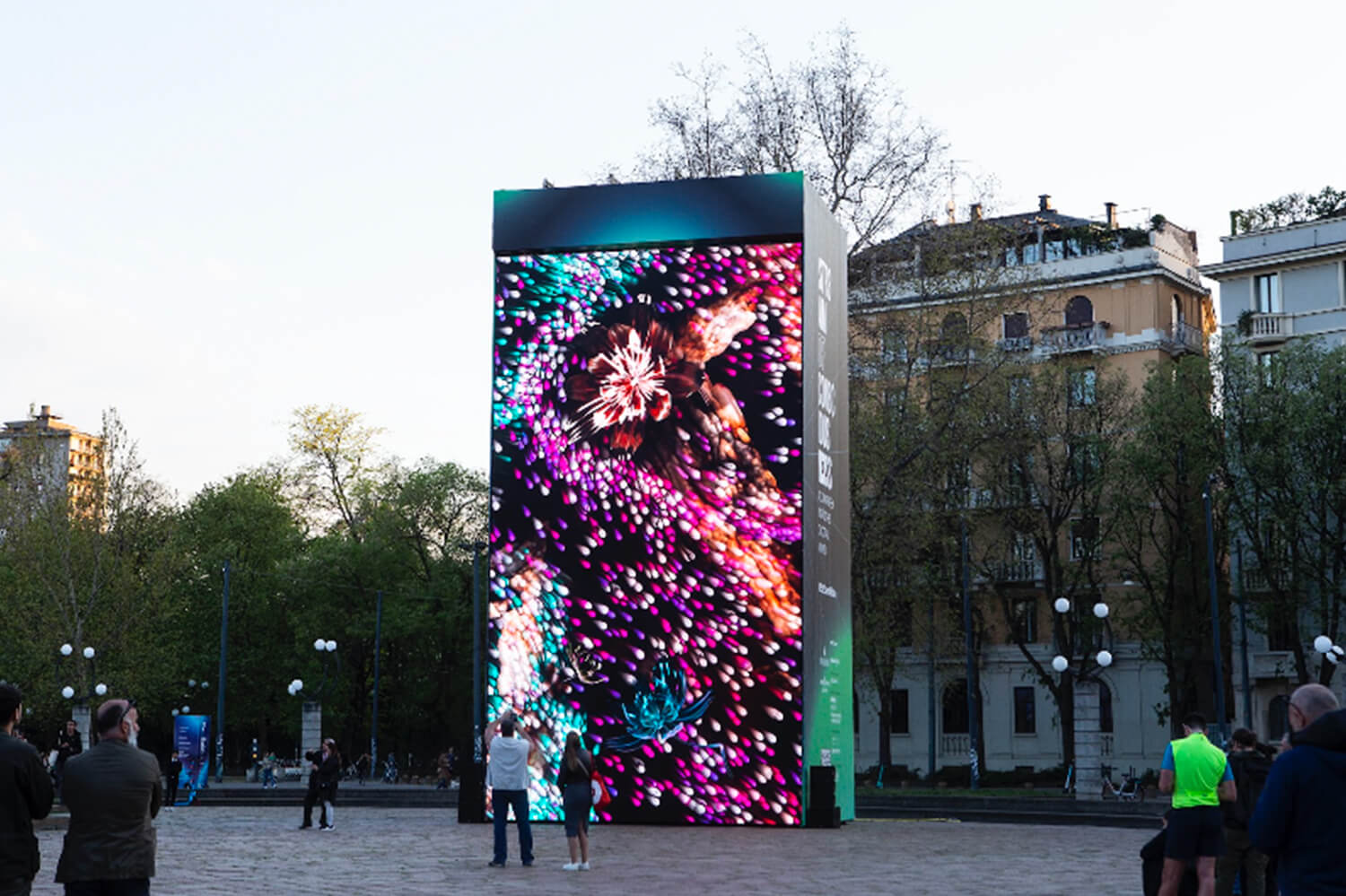
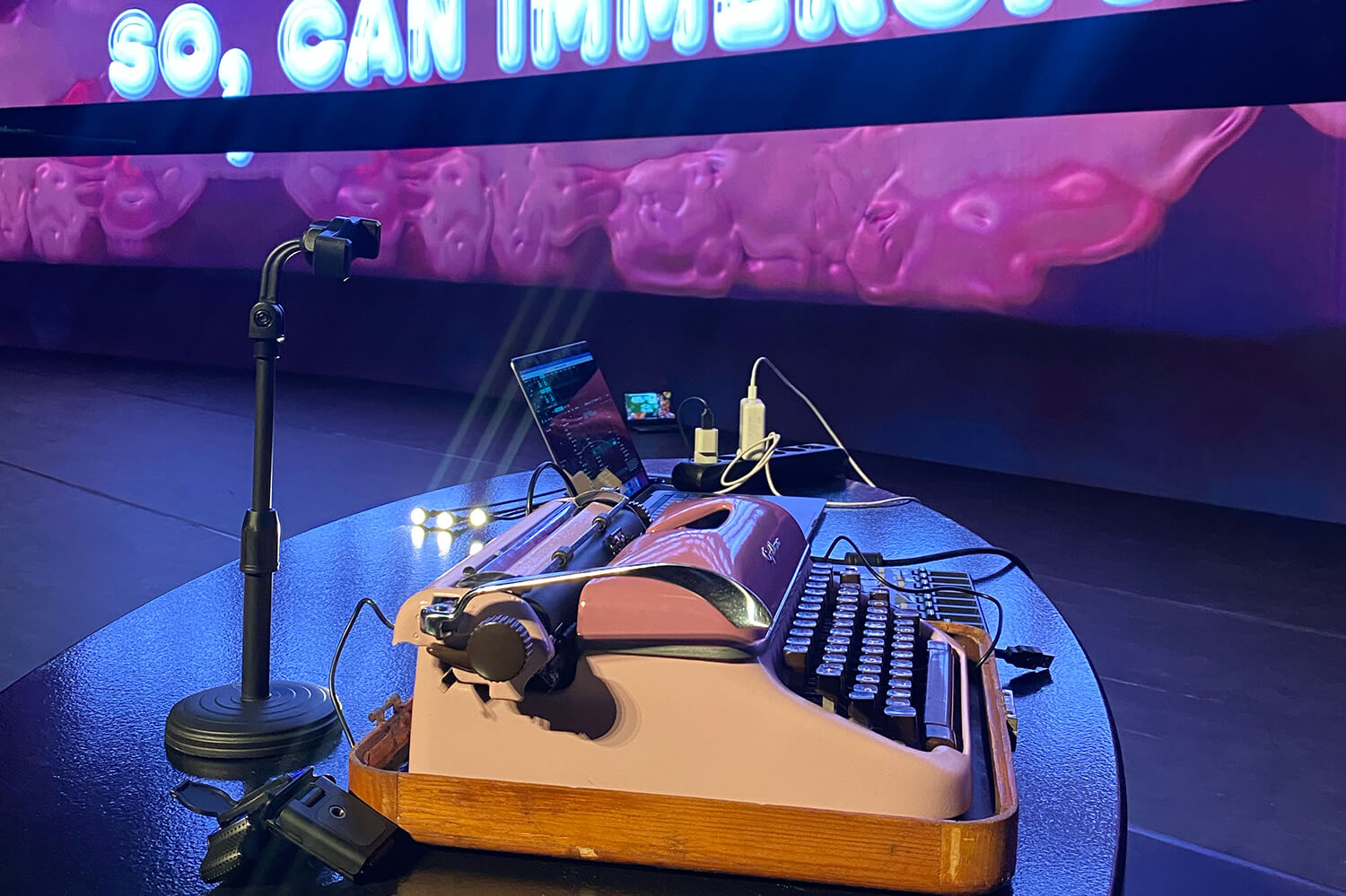
A little like Neri Oxman and a little like Tado Ando. If this was real, my works would be like poetry. I hope it will. But I guess it doesn't have an actual language. It makes sounds. Or it could be a tree. It could also be a tree hole with thousands of eggs inside.

Even though I produce digitally, the physical spatial experience is a massive part of the design process. How the sound surrounds, how perfect or how dirty it is, is what I think about. I think about whether the audience is sitting or standing and what environment they are experiencing. That's why I care for my works to be experienced mostly physically.
I was recently part of an exhibition held at Tribowl in South Korea. I exhibited a work of mine called Human on inclined walls in this magnificent building. The work was appearing and disappearing in the building at times. It was a piece integrated with architecture. This felt very valuable to me. Apart from that, I am included in the selection of 44 female artists worldwide working with light, called International Women Light Artist. There is excitement in taking part in a book project. I hope it will be published in our country as well. I had a sculpture and video mapping in front of a tiny state museum in Russia called Love Island in Russia. I told a love story through cranes in the Venus Pavilion, in a place that is at war but whose name is so full of love. It was a romantic experience :)
